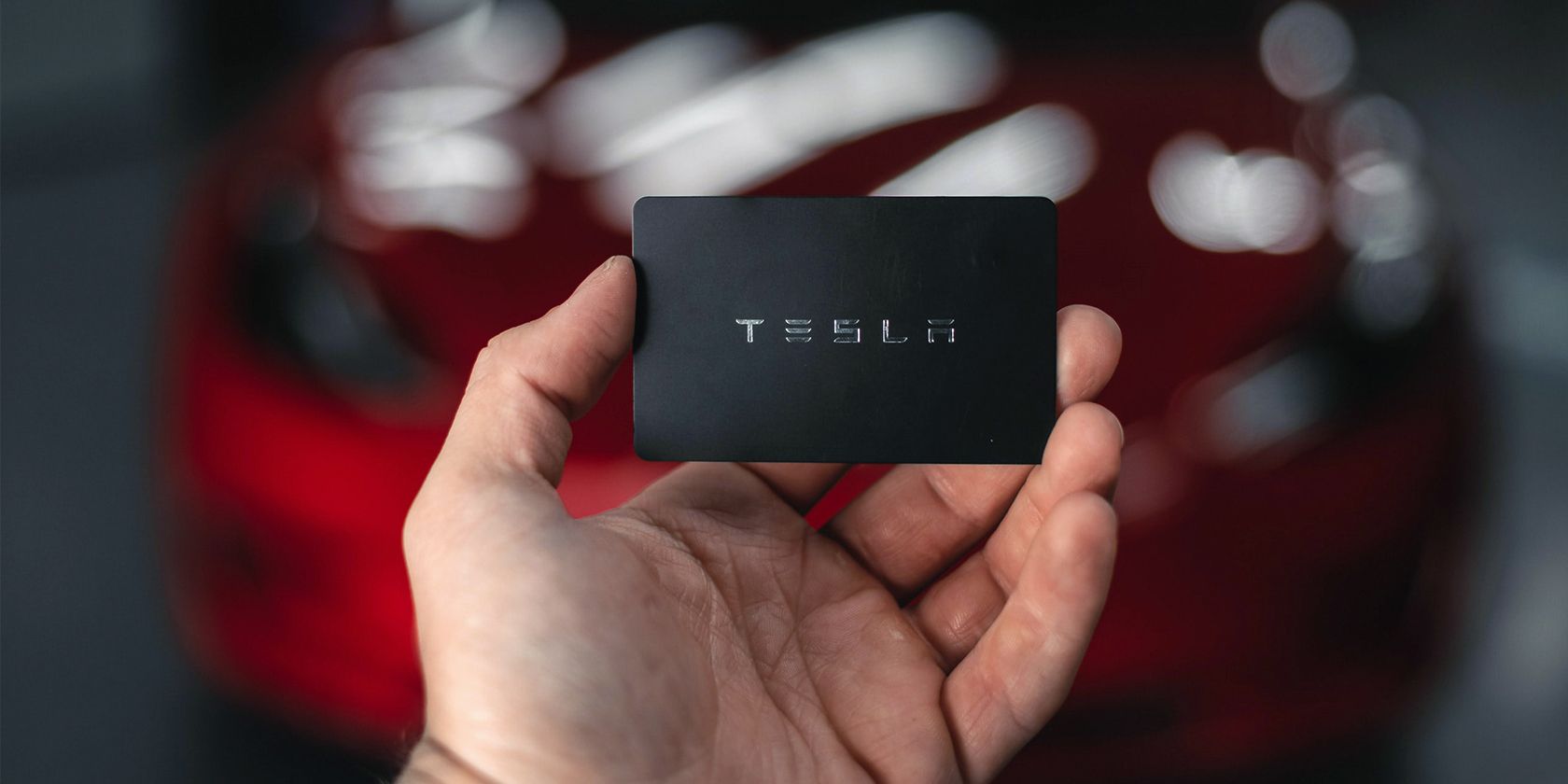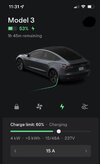AlanSubie4Life
Efficiency Obsessed Member
, I am jealous of your CAC! Mine is quite a bit lower my min/avg/max is 195/197/199 rated range is currently around 292 miles.
Seems about right, dispensing with some details and assuming CAC is very tightly correlated with capacity…
292/325*76kWh/79.2kWh * 229CAC = 197CAC
14% less energy. Your car probably still has more range though, lol.
However, if the dashed line and solid line are in the same place (which seems to be 226 or 227 Wh/mile for 2022 RWD with 18" wheels), meaning that you are driving at exactly the rated consumption, the projected range that is displayed on the right side of the energy display is lower than the range shown next to the battery remaining display. Why would this be the case?
Warning: This is a confusing topic. Blame Tesla. Also I won't explain it well. Hopefully I don't get anything wrong. It's easy to screw up.
This is because the actual charging constant for the vehicle is always 5Wh/mi (3Wh/km) lower than the rated line on the screen. (Yes, this is strange but it is what it is.) If you use about 222Wh/mi (or 221Wh/mi) you'll find that this aligns pretty well with the range shown. (You need to get the Iines to be on top of each other, probably happens at 227Wh/mi - if you get it for 2022 RWD, please post a picture for posterity.)
I think from prior discussions the degradation threshold for 2022 RWD is 60.5kWh and the rated range is 272rmi so that means 60.5kWh/272rmi = 222Wh/rmi is the charging constant. However, we could do with some confirmation of this if it has not been previously posted (Need two pictures of Energy Screen at high SOC, displaying three numbers in Energy Display, and the three numbers in Distance Display).
Anyway, the remaining energy (Projected Range * Recent Avg Consumption) implied by the charging screen is always SOC%*NominalFullPack, which is:
SOC%*(Buffer+UsableRemaining(100%)) = SOC%*Buffer + SOC%*UsableRemaining@100%.
Note UsableRemaining = NominalRemaining - Buffer. (So UsableRemaining(100%) = NFP - Buffer).
So the projected range is lower because the rated range assumes you need ~222Wh/mi for parity for 2022 RWD (always 5Wh/mi lower than the line).
Another thing to note is that actually the "222Wh/mi for parity" is ALSO wrong (if you don't want to drive below 0%). That's because each DISPLAYED rated mile does not include the buffer %, so that means each DISPLAYED rated mile contains 212Wh/rmi (95.5% of 222Wh/rmi).
So for example:
If your vehicle shows 272miles at 100%, at 50% SOC it displays 136rmi, and you've done 227Wh/mi recently, it will project:
136rmi*222Wh/rmi / 227Wh/mi = 133 miles Projected Range.
But remember you only have 136rmi*0.955*222Wh/rmi = 28.8kWh available above 0%.
So, if you were to drive at 227Wh/mi, you'd only make it 28.8kWh/ 227Wh/mi = 127mi to 0%. (4.5% less than projected).
It's actually worse than this because there's some heat loss (1%) so if your trip meter displays 227Wh/mi, you're actually using about 230Wh/mi. I'm neglecting that for this discussion but keep it in mind for verifying this stuff.
On the other hand, the error is less problematic the lower the SOC, because you always have the buffer to rely upon.
For example, at 10% SOC, with same assumptions, it works out to 5.77kWh remaining not including buffer, but you actually have 5.8kWh+Buffer = 8.5kWh left.
So it would be projecting 26.6 miles of range, and you'd only be able to do 5.8kWh/227Wh/mi = 25.4 miles. But you'd have 2.7kWh of buffer to use which would get you an additional 12 miles if you were lucky.
Of course none of this matters because no one uses the Energy Consumption screen. Use the Trip Planner.
It's because it is something that is often covered here since it causes some confusion with range on occasion.[Not sure why this post got moved here, since this is a UI question, not a battery health or range loss question.]
Last edited:




